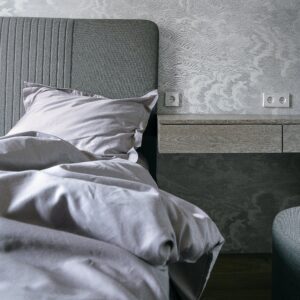
Essential Factors for Comparing Sheet Sets
The Ultimate Guide to Evaluating Bedding Quality: Essential Factors for Comparing Sheet Sets Welcome to the ultimate guide on evaluating bedding quality! When it comes
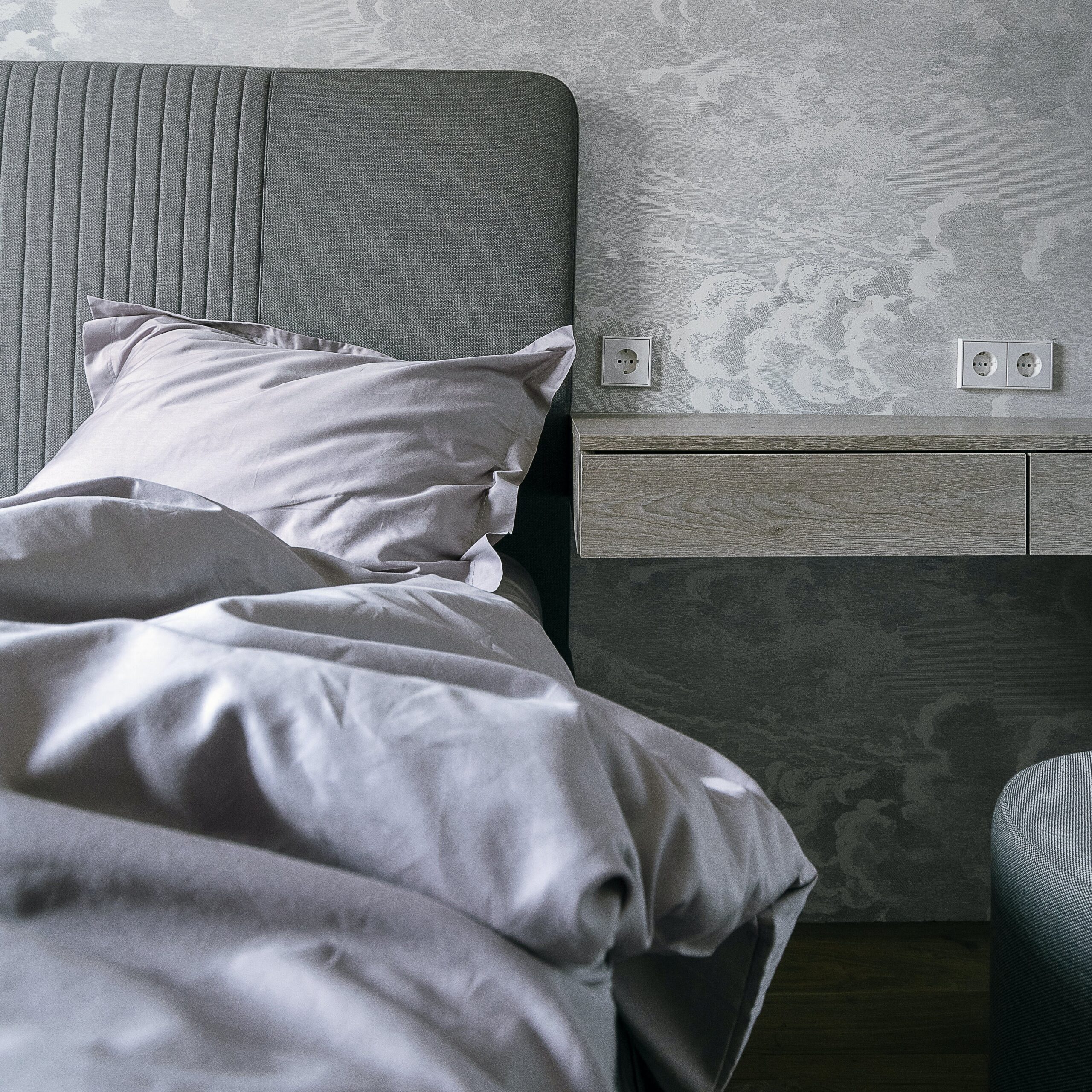
Welcome to the ultimate guide on evaluating bedding quality! When it comes to choosing sheet sets, there’s more than meets the eye. We spend a significant amount of time in bed, so why settle for anything less than incredible comfort? In this comprehensive blog post, we’ll take you through essential factors that will help you compare and choose the perfect sheet set for your needs. From thread count and fabric type to weave patterns and durability, prepare to dive deep into the world of luxurious sleep.
Bedding quality plays a crucial role in our overall sleep experience. After all, we spend about one-third of our lives sleeping, and the quality of our bedding can greatly affect the quality of our sleep. It’s not just about having a comfortable place to rest your head at night – the right bedding can also have significant impacts on your health and well-being.
Comfort
The most obvious reason for investing in good quality bedding is comfort. When you climb into bed after a long day, you want to feel like you are sinking into a cloud of softness and relaxation. High-quality sheets should be made from breathable materials that are soft to touch and gentle on the skin. Moreover, good quality bedding should also have excellent temperature regulation properties, keeping you cool in hot weather and warm during colder nights. This ensures that you get a comfortable and uninterrupted sleep every night, improving your overall well-being.
Durability
Investing in high-quality bedding means that it will last longer compared to cheap or low-quality options. Good quality sheets are made with superior materials that are more durable and less likely to wear out quickly. Cheap sheets may save you money upfront but will end up costing more in the long run as they need frequent replacements due to fraying or tearing. On the other hand, investing in high quality bedding will provide longer lasting sheets that feel much more comfortable.
Thread count has long been considered a key factor in evaluating the quality of bedding, particularly sheets. The higher the thread count, the more luxurious and durable the sheets are said to be. However, recent debates have emerged surrounding the validity of this belief. Some argue that thread count is simply a marketing ploy used by manufacturers to charge higher prices for their products, while others insist that it is an accurate measure of sheet quality.
So, what exactly is thread count and how does it impact the overall quality of sheets? Thread count refers to the number of threads woven into one square inch of fabric. It includes both vertical (warp) and horizontal (weft) threads and is calculated by adding these two numbers together. For example, a sheet with 200 warp threads and 200 weft threads per square inch would have a thread count of 400.
The myth surrounding thread count originated from the idea that a higher thread count equates to softer and more comfortable sheets. This is not entirely untrue as more threads can create a smoother and denser surface on which you sleep. However, what many people fail to realize is that there are various other factors that contribute to softness and comfort such as cotton type, weave style, and finishing techniques.
In reality, thread count alone does not determine the quality or feel of your sheets. In fact, some experts argue that once you reach a certain point (around 400-600), increasing thread count has little effect on comfort or durability.
When it comes to evaluating bedding quality, one of the most important factors to consider is the fabric material used in the sheets. Not only does the type of fabric affect the overall feel and comfort of your sheets, but it also determines their durability and longevity. In this section, we will delve into how different fabric materials can impact the comfort and durability of your bedding.
Cotton: The most common fabric used for sheets, cotton is a natural fiber that is known for its softness and breathability. It is a versatile material that comes in various forms such as Egyptian, Pima, Supima, and organic cotton. Sheets made from high-quality cotton are soft to touch, lightweight yet durable, and have good moisture-wicking properties. However, not all cotton sheets are created equal – lower quality cotton or blends with synthetic fibers may result in rougher texture and decreased durability.
Linen: Made from flax plant fibers, linen has been used for bed linens for centuries due to its strength and durability. Linen sheets are highly breathable which makes them ideal for hot sleepers as they help regulate body temperature while sleeping. They are also hypoallergenic and resistant to bacteria and mold growth. However, linen tends to wrinkle easily which may be an issue for some people who prefer smooth-looking sheets.
Bamboo: An eco-friendly option gaining popularity in recent years is bamboo fabric. Bamboo sheets are made from bamboo grass fibers that are incredibly soft with a silky feel similar to silk or satin.
When it comes to choosing the perfect bedding, one important factor to consider is the weave type. The weave of a sheet refers to the way in which the threads are interlaced to create the fabric. Different weaves offer unique characteristics and benefits, making it crucial for consumers to understand their options when evaluating bedding quality.


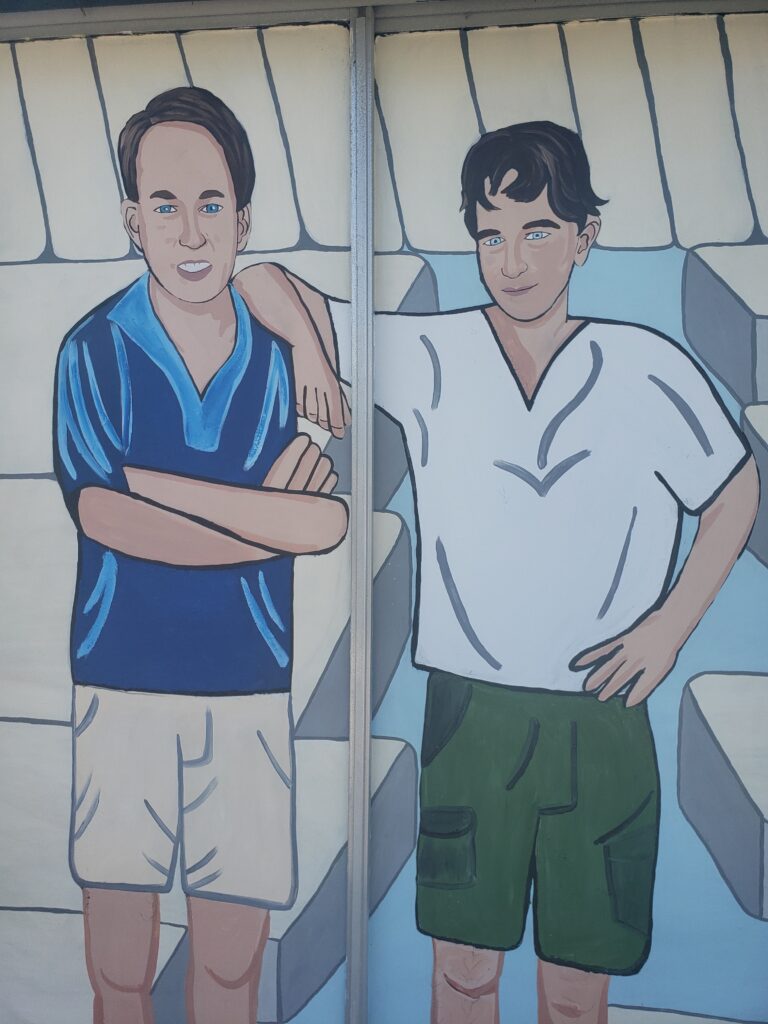


The Ultimate Guide to Evaluating Bedding Quality: Essential Factors for Comparing Sheet Sets Welcome to the ultimate guide on evaluating bedding quality! When it comes

The Science Behind Optimal Sleep: Discovering the Perfect Sleeping Conditions Are you tired of counting sheep and waking up feeling groggy, despite getting a full
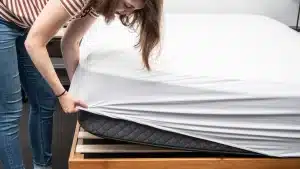
Mattress Protector Guide: There is Great Value In a Mattress Protector A mattress protector is a valuable investment that offers numerous benefits to enhance the

Get a Good Night’s Sleep with your Tax Refund at Largo Mattress Are you struggling to get a good night’s sleep? We have a great
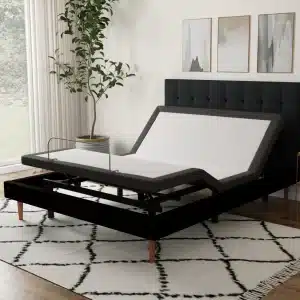
Adjustable Beds: The Most Versatile Sleep System in Clearwater FL Welcome to Largo Mattress in Largo Florida If you’re looking for a new way to

Revitalize Your Sleep With a New Mattress in Clearwater FL Welcome to Largo Mattress in Largo Florida If you’re in Clearwater and looking to improve

Sleep Better Tonight: Discover The Best Mattress Store In Largo, Florida Welcome to Largo Mattress in Largo Florida Are you constantly tossing and turning at
Proudly Serving The Largo / Clearwater / St. Petersburg Area since 2012
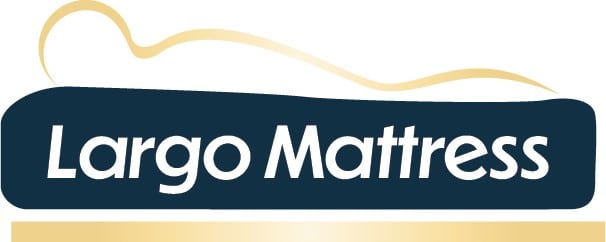
For more than eleven years our mattress store has offered high-quality mattresses at discount prices. Come in and see why our customers save 50-75% off retail and always get a great night’s sleep!